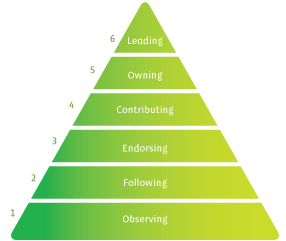Two years ago, as 18-year-old Bobby Tillman was leaving a house party, a group of teens randomly beat and killed Bobby. Coroners reported Bobby was stomped so badly that one of his bones broke and pierced his heart. The slightly built Tillman was randomly selected as he passed a group of teenagers who said they intended to attack the next male they saw.

Whether it occurs randomly, via text message, via facebook, or because one person disagrees with someone’s sexual preference, bullying is an ongoing problem. 2010 bullying statistics revealed about 56 percent, of all students have witnessed a bullying crime take place while at school. Similarly, there are about 282,000 students that are reportedly attacked in high schools throughout the nation each month.
January 23rd thru the 27th is No Name-Calling Week. According to nonamecallingweek.org, No Name-Calling Week is an annual week of educational activities aimed at ending name-calling of all kinds and raising awareness about bullying. Want to know how you can eradicate bullying in your local schools and communities? We have 8 ways you can help raise awareness about bullying during no name-calling week!
- Have the whole school make posters against bullying to be hung in classrooms and on the school walls. This will get the students to begin thinking about the consequences of bullying. Also, seeing the posters in their classrooms will remind students of the importance of bully prevention or reporting bullying.
- Host a poster contest! A poster contest will get students even more involved and excited about eliminating bullying!
- During your school’s morning announcements stress the importance of kindness and positive problem solving. Including positive messages in the morning sets the tone for students’ day and encourages kindness with amongst each other.
- Make announcements during lunch to remind students to report inappropriate behavior concerning calling names.
- Report “Random Act of Kindness”: Encourage students to report random acts of kindness by their peers and announce the acts of kindness during the morning announcements. This will encourage positive behavior amongst students throughout the week and school year.
- At the conclusion of No Name-Calling Week perform a skit at your school-wide assembly. A grade-level or school wide assembly brings together everyone. Students see and understand that this is a school-wide cause.
- Host a pep rally! This exciting event can include parents, community leaders, and/or highlight a bullying story to address the seriousness of bullying and its potential consequences.

- Have your students compile a “Top 10 reasons not to call names” list. This fun, while beneficial activity will encourage thought-provoking reasons to eliminate bullying and name calling.
In addition to impacting the victim’s life, bullying is a national issue that potentially affects parents and other students. This week we hope you choose to raise awareness in your local school and community and continue to report any acts of bullying. Tell us how you plan on eliminating bullying in your school in the comments section.
Related articles
- Raising Awareness: Bullying (A Four-Day Series) Day Four; “Anti-Bullying” Finale (bone33.wordpress.com)
- Bullying Information Center | Education.com (education.com)
- Infographic: School Bullying (debaird.net)





